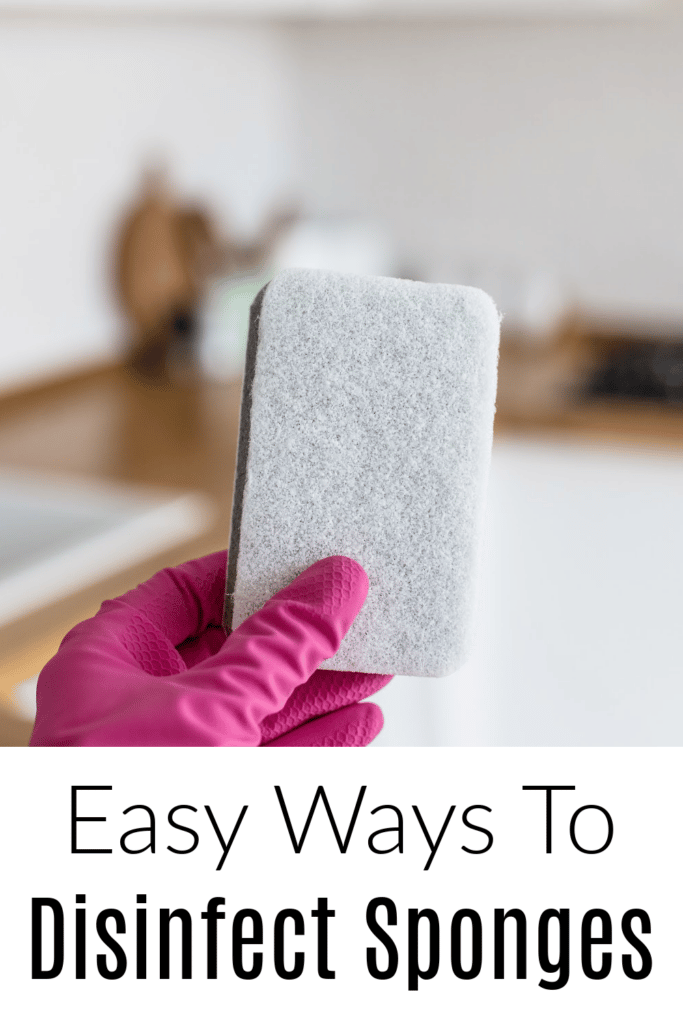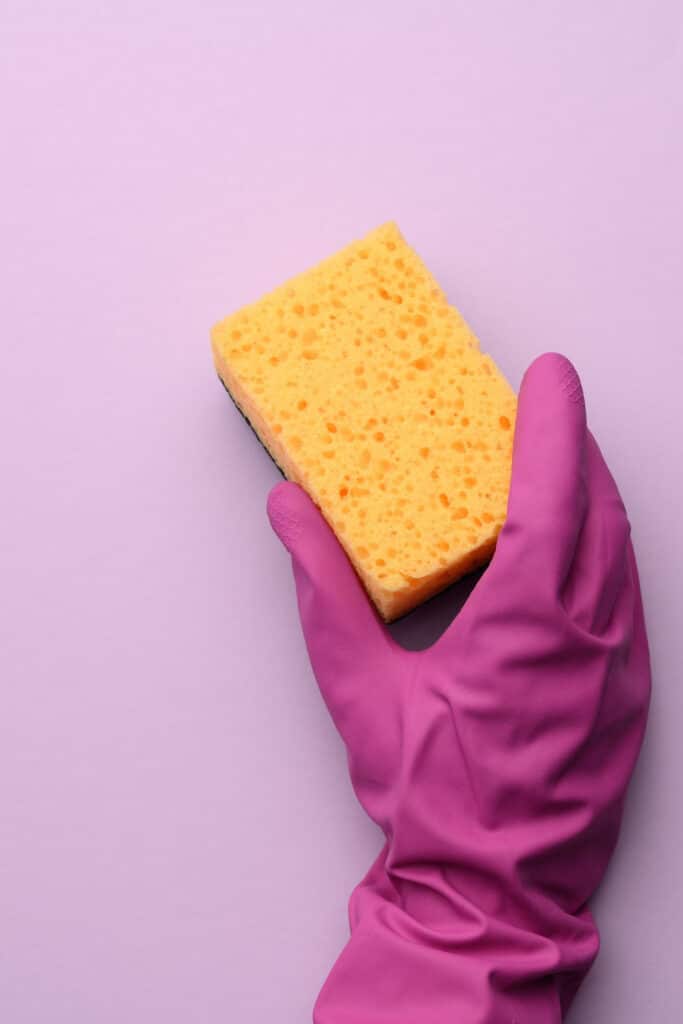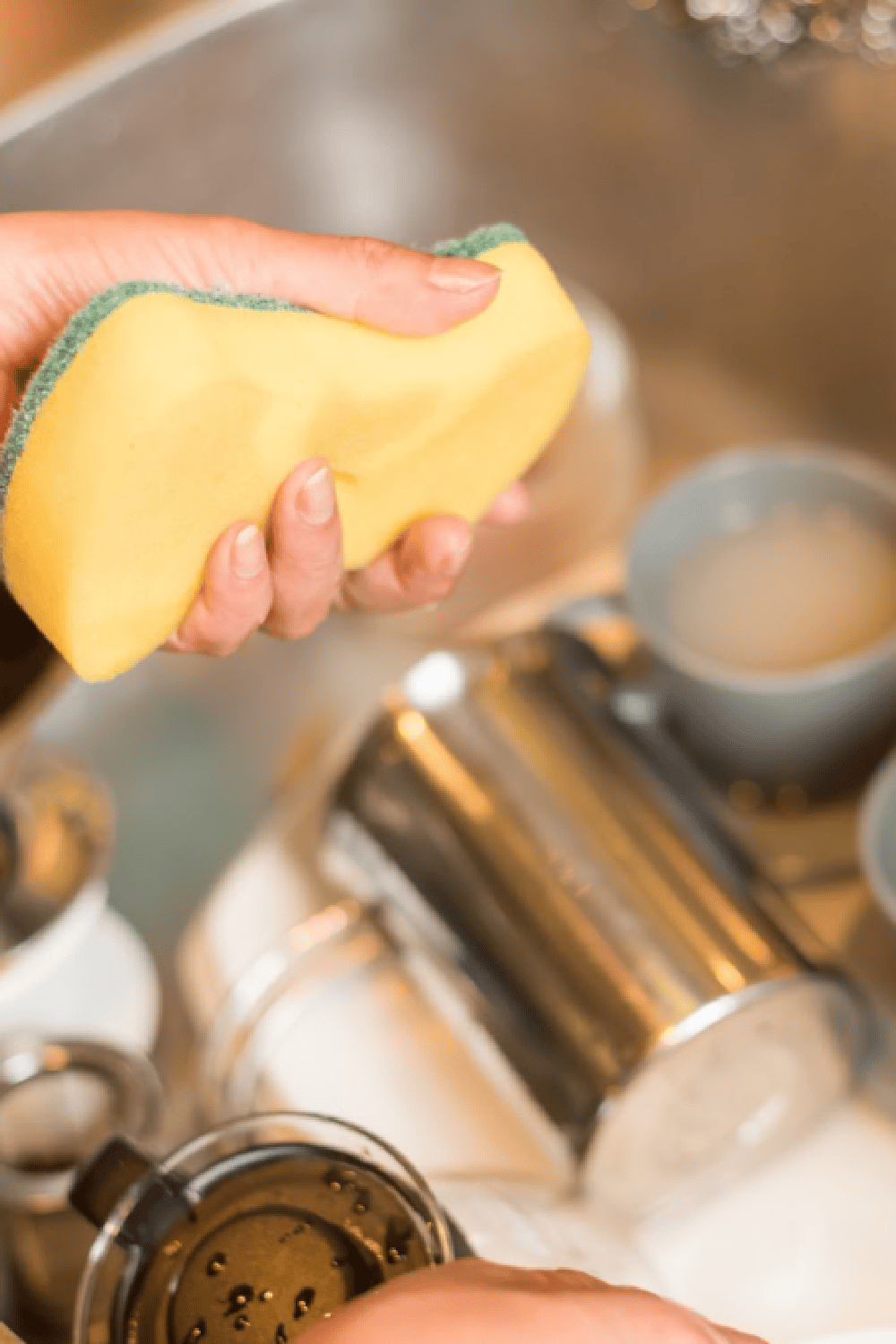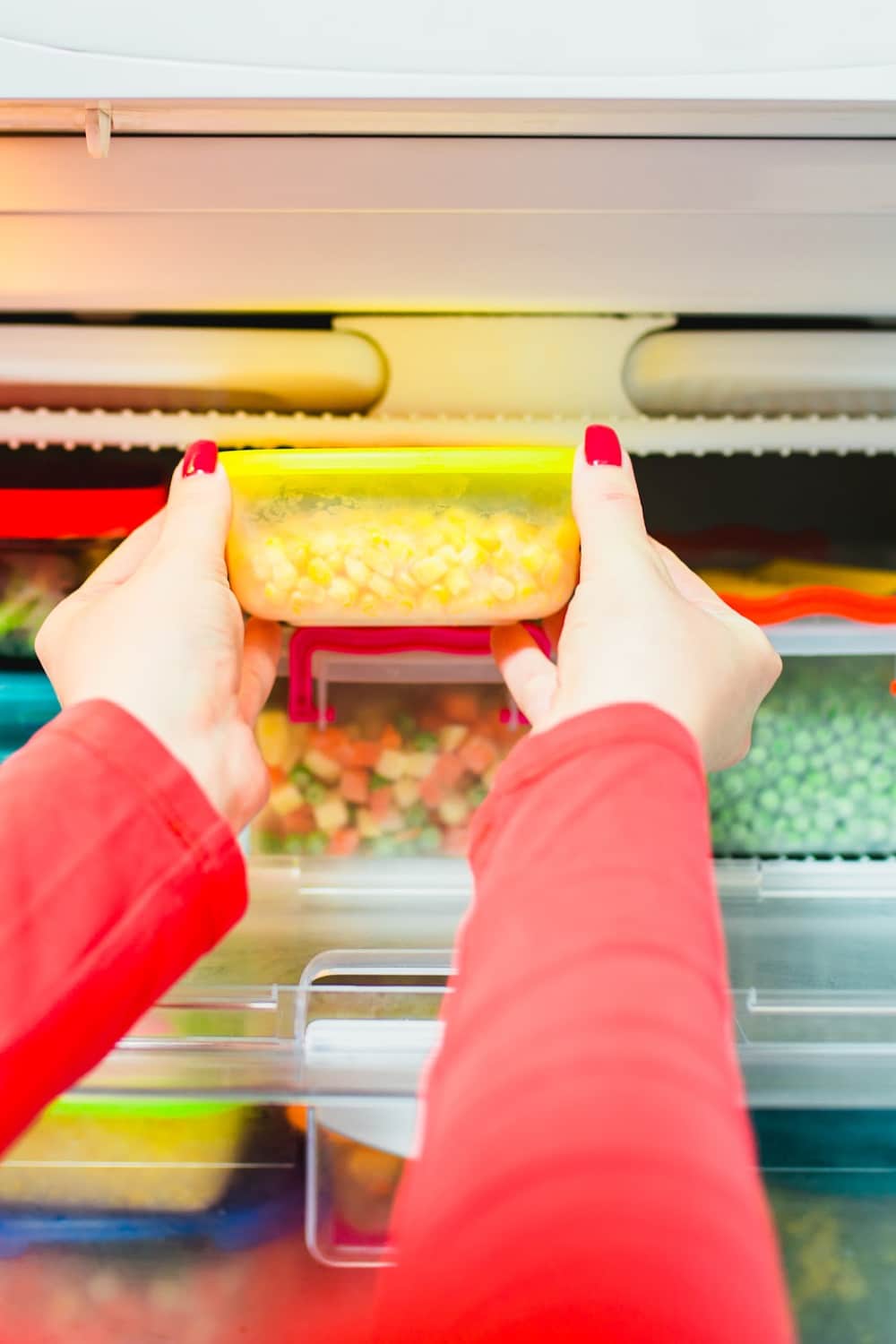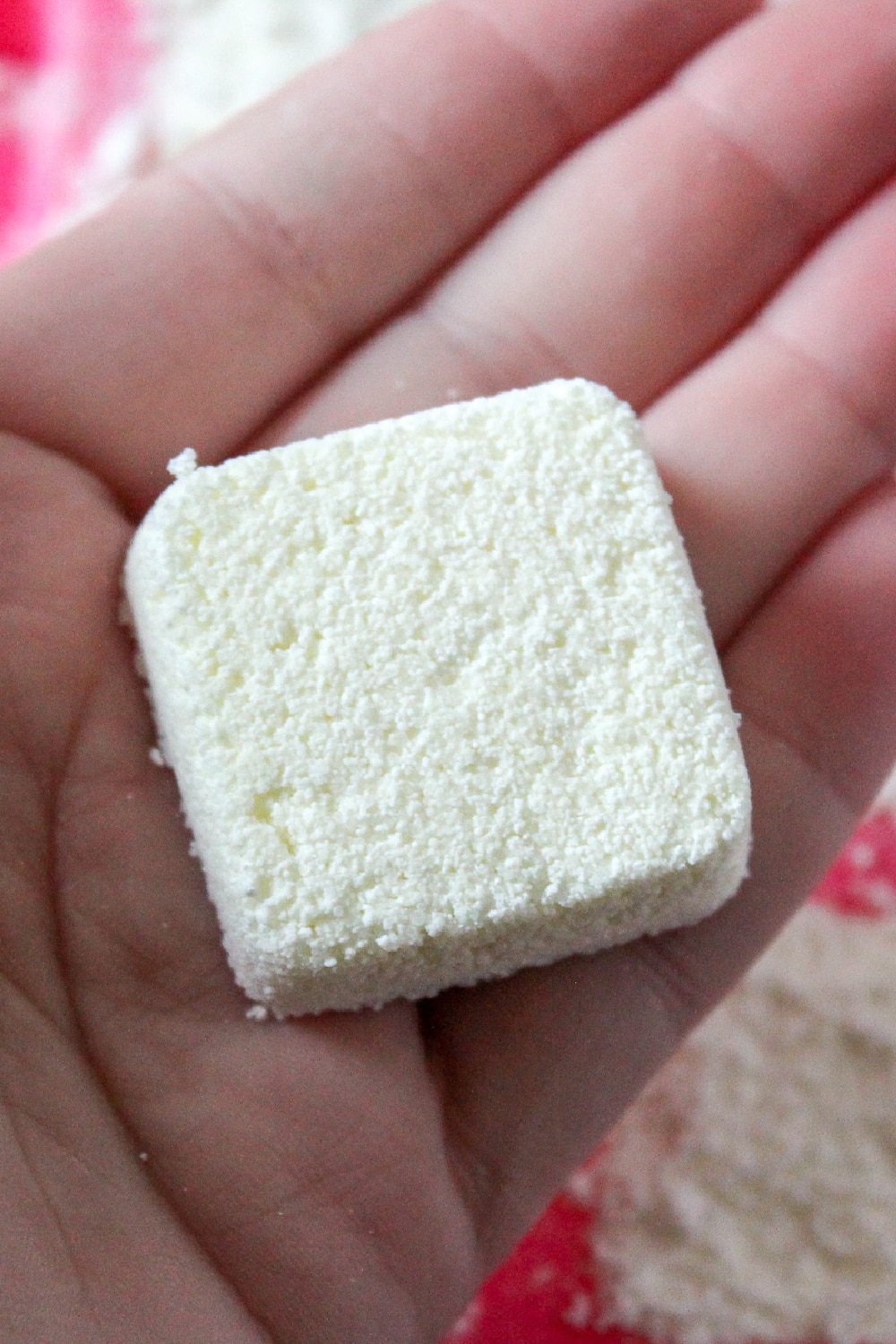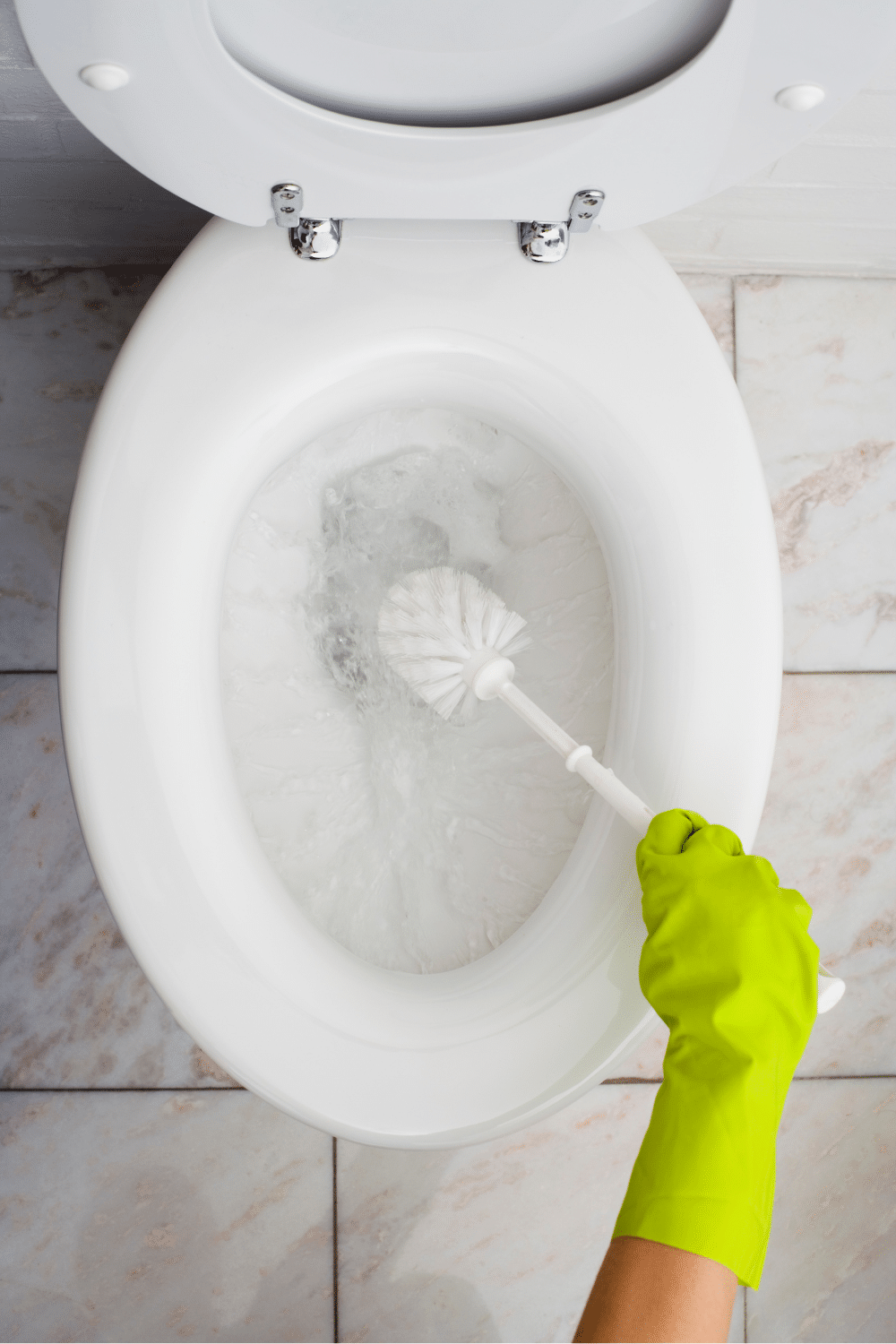Easy Tips to Disinfect Your Sponges Effectively
If you’re not regularly cleaning your kitchen sponge, you could spread bacteria. Learn how to disinfect a sponge using vinegar, bleach, and more.
Easy Tips to Disinfect Your Sponges Effectively
Sponges are a necessary piece of kitchen equipment. Most people use one daily to wash dishes, wipe down countertops, and clean the microwave. We rely on them for so much.
We use our sponges a lot to clean, but have you given much thought to cleaning the sponge?
Read More Home Keeping Hacks on Inspiring Savings
Why you should be disinfecting
A dirty sponge can spread harmful bacteria around your kitchen that may cause you or your family to get sick. In fact, using a dirty sponge is not cleaning at all. According to a 2017 study by Scientific Reports, kitchen sponges are a hotbed for germs and bacteria.
To keep your sponges in clean and tip-top shape, aim to disinfect the sponge once a week. Here are some simple ways to clean your sponge, so you can use it without the worry of spreading germs!
Best Kitchen Sponges
1. Scrub Daddy Sponge Daddy
Scratch-free and temperature-controlled, Scrub Daddy’s Sponge Daddy is not only safe to use on a variety of surfaces, but it makes cleaning easier. Can not be cleaned in the Microwave.
2. Mr. Siga Non-scratch Cellulose Scrub Sponge
This offering from Mr. Siga comes with a scrubbing layer and a scratch-free cellulose sponge layer.
3. Scrub It Multi-purpose Scrub Sponges
This cleaning powerhouse combines the softness of a dishcloth and the roughness of a scrubber to make cleaning and storage that much easier.
Clean with Bleach
Bleach and water are regarded as the best way to clean your kitchen sponge. It is another great option for cleaning kitchen sponges. It kills viruses, mold, and mildew, in addition to bacteria.
What you will need:
- Warm Water
- Bleach
STEP ONE: Simply put a gallon of water in a bucket with ¾ cup of bleach.
STEP TWO: Soak your sponge in this mixture for five minutes, then rinse it thoroughly and allow it to air dry.
This cleaning process should be done once a week for the life of your sponge. When your sponge starts breaking into pieces or looking scummy, it is time for a new one. The bleach solution method kills 99.9% of sponge bacteria.
Bleach is not the only way that you can clean your sponge, if you are looking for alternative methods keep reading below.
Vinegar to Sanitize Sponges
If you don’t want to use harsh chemicals like bleach for cleaning, you can use a natural cleaning solution like vinegar instead. Vinegar is antiviral, antibacterial, and antimicrobial, which makes it perfect for cleaning your kitchen sponge.
What you will need:
- Water
- Vinegar
STEP ONE: To use vinegar for cleaning your kitchen sponge, simply soak the sponge in vinegar for five minutes.
STEP TWO: After the time is up, rinse your sponge with water, and you are ready to use it for your dishes, countertops, and more!
Disinfecting in the Microwave
Bleach and vinegar are not the only ways to clean your kitchen sponges. In addition, to reheating last night’s dinner for lunch, your microwave is a handy dandy helper.
What you will need:
- Water
- Microwave
STEP ONE: Soak the kitchen sponge in water first because a dry sponge can start a fire. Place it in a shallow microwave-safe container. Microwave the damp kitchen sponge for 1 – 2 minutes on high.
STEP TWO: Allow the sponge to cool for at least 10 to 15 minutes before removing it from the microwave.
How Microwaving Kills Germs
Yes, this method kills 99.9% of bacteria in your sponge. According to researchers at the USDA, a zap in the microwave is the most effective method for killing up to 99.9999 percent of bacteria.
When you remove the sponge from the microwave after it is cool, it is a good time to clean it too. The steam from the wet sponge makes the stuck-on messes in the microwave wipe right off.
Clean in The Dishwasher
You can also use your dishwasher to clean your kitchen sponges.
What you will need:
- Dishwasher
STEP ONE: Simply add your sponges to a regular dishwasher load of dishes and use the heated dry setting at the end.
Researchers at the USDA state this method of cleaning your sponges also kills up to 99.9% of bacteria microbes.
How Often Should You Be Disinfecting Sponges?
Remember that your kitchen sponges need to be cleaned at least once a week, and replace them when they start falling apart or looking particularly grungy. Keeping your sponges clean is an easy way to reduce the risk of illness to your family.
These sponge-cleaning techniques will work for cellulose or non-cellulose sponges.
However, if you have a scrubbing type of sponge, be certain that it does not contain any metal in it. If it does, you can use all the cleaning methods above, EXCEPT, for the microwave method.
More Helpful Cleaning Tips
DIY Guide To Deep Cleaning Your Dishwasher
5 House Cleaning Apps You Want To Make Your Life Easier
The Best Eco-friendly Cleaners to Keep Your Home Sparkling Clean
This post may contain affiliate links or sponsored content. Disclosure Policy

